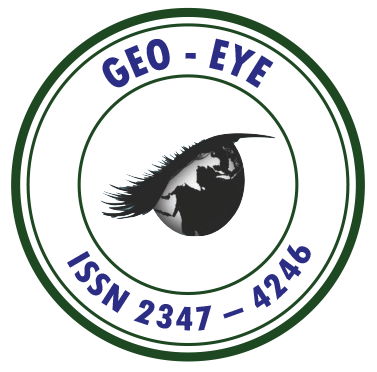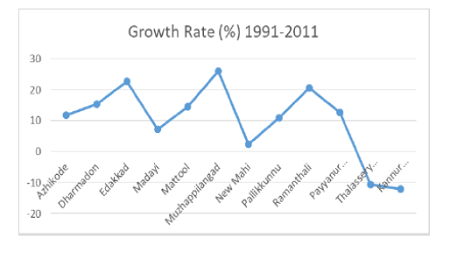
Geo-Eye
Department of Geography & GIS

Department of Geography & GIS

Geo-Eye
Year: 2020, Volume: 9, Issue: 1, Pages: 26-32
Original Article
S Akhil1, G Jayapal2
1Research Scholar, Department of Geography, Kannur University, Swami Anandatheertha Campus, Payyanur, India
2Assistant Professor, Department of Geography, Kannur University, Swami Anandatheertha Campus, Payyanur, India
Received Date:02 February 2020, Accepted Date:18 May 2020
The term landscape is used in many different contexts with numerous different definitions. In most disciplines it has a clear spatial dimension based on natural as well as cultural. From an ecological point of view, a landscape may function as a scale measure relative to the movement of different organisms, usually a large area including components like heterogeneity and habitat mosaics. In social science and humanities, landscape is commonly conceived as a holistic dimension, a continuum without limits, where physical elements, socio-economical qualities and institutional components are included together with immaterial aspects such as value systems, tradition and knowledge. The degree of Naturalness can be used as a criteria for identifying and delineating the landscape anywhere since the all regions in the world are somewhere in the range from a natural to cultural landscape transformation.
Keywords: Landscape; Naturalness; NDVI; Population Density
© 2020 Akhil & Jayapal. This is an open-access article distributed under the terms of the Creative Commons Attribution License, which permits unrestricted use, distribution, and reproduction in any medium, provided the original author and source are credited.
Published By Bangalore University, Bengaluru, Karnataka
Subscribe now for latest articles and news.